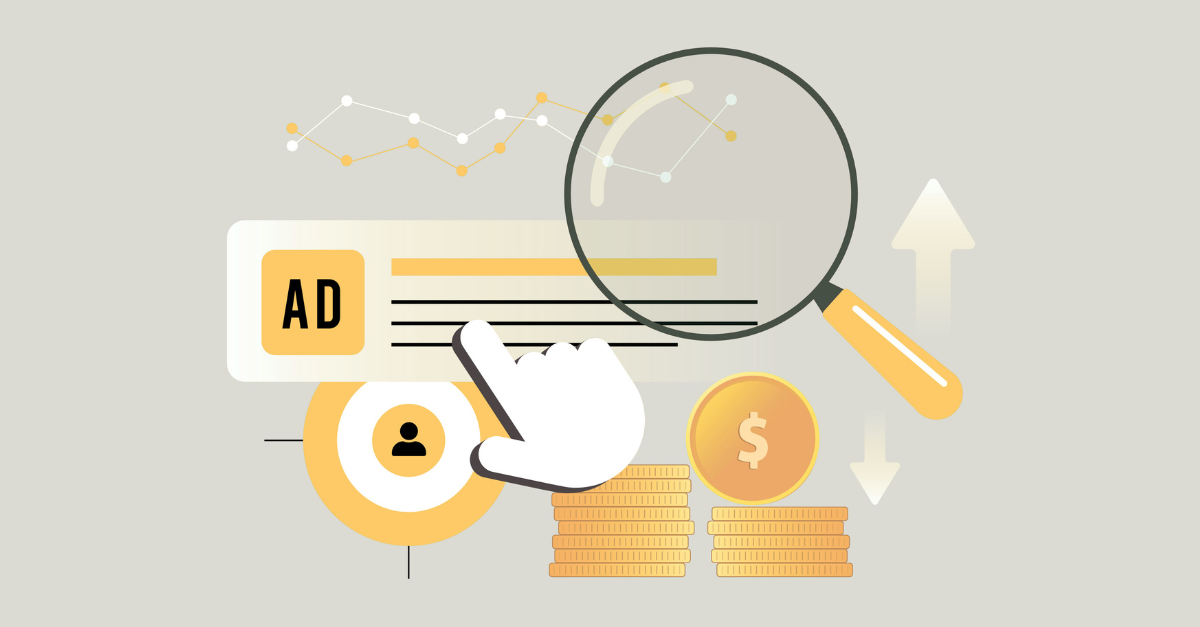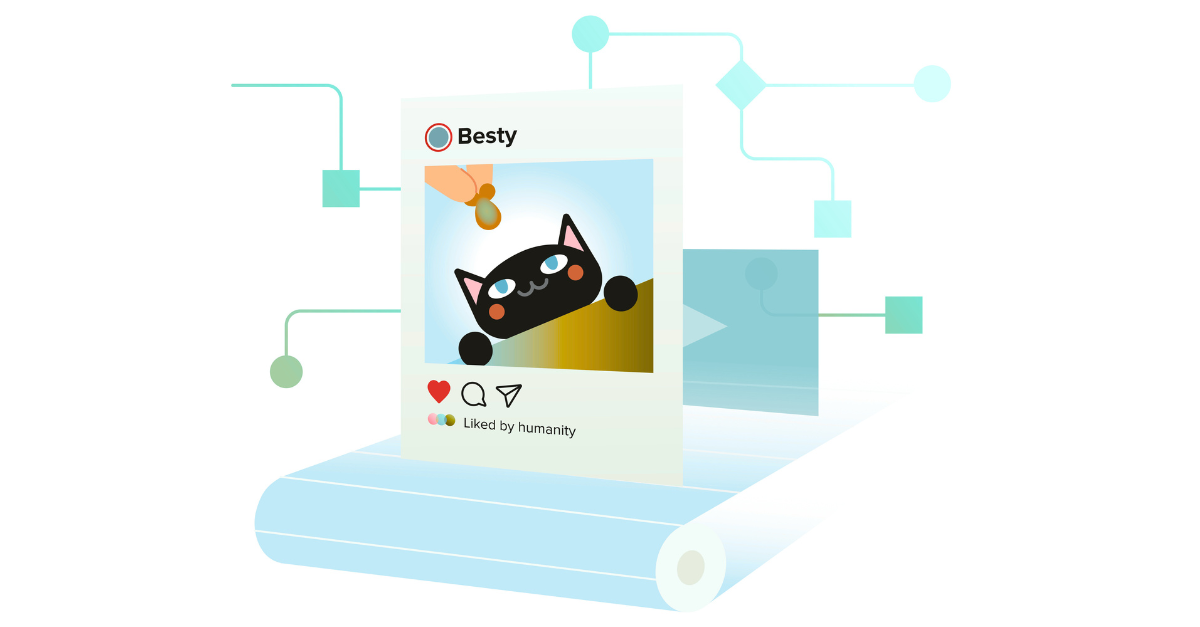Special post from Sara Theurer, emfluence Account Manager & Social Copywriter
 We’re hearing the question more and more: Should my business be on Pinterest? Now the third most popular social networking site, Pinterest reached 104 million monthly visits in March 2012. If your business relies on high website traffic to increase sales, you should consider joining Pinterest. Brands like Time Inc.’s Real Simple have experienced more web referrals from Pinterest than from Facebook, inspiring other big retailers to follow suit. In fact, many stores report an increase in offline sales thanks to the easy, visual sharing that Pinterest offers.
We’re hearing the question more and more: Should my business be on Pinterest? Now the third most popular social networking site, Pinterest reached 104 million monthly visits in March 2012. If your business relies on high website traffic to increase sales, you should consider joining Pinterest. Brands like Time Inc.’s Real Simple have experienced more web referrals from Pinterest than from Facebook, inspiring other big retailers to follow suit. In fact, many stores report an increase in offline sales thanks to the easy, visual sharing that Pinterest offers.
According to a Steelhouse Survey, Pinterest users are 79% more likely to purchase an item they saw on Pinterest than Facebook users who saw an item in their newsfeed or on a friend’s wall. So how can your business use Pinterest to increase your website traffic, improve your brand recognition, and convert new visits into leads?
Pinterest is unique in the world of online content sharing, because it’s purely image-based. Add a “Pin It” button to your web pages, and to each product page containing a strong visual. Every pin will contain a link back to the source – that’s you! So pinners are always just one click away. The bad news is these links are “no follow” links, so they won’t apply to your SEO strategy. But the good news is you can still track the referral traffic in your website analytics to see which pins are drawing the most attention.
Rules for Pinterest for B2C Business:
- Show off your goods! Pinterest is a great tool if you have a product or service that can be captured in images. Make sure you have attractive, pinnable images on your page, and include a “Pin It” button so users can quickly share. Test pinning your images to be sure they’re the right size and format.
- Don’t limit yourself to products. Showcase your company culture and the lifestyle that your brand promotes. For example: if you sell coffee, create a board of the best foods to enjoy with coffee (i.e. donuts, beignets, pancakes). Oreck is a great example: their board “Furry Friends” appeals to anyone who likes cute, cuddly animals, but also hints at the hairy mess their vacuums can clean up.
- Repin! Like in all social media, you shouldn’t only be talking about yourself. Repin photos of your customers, partners, resellers, and designers, or better yet, create a user-generated Pinboard. Find some of your top fans and customers, and create a board dedicated to their pins.
- Include links, hashtags and prices in the descriptions of your pins. Pinterest uses hashtags just like Twitter. Including the link will likely increase traffic to your site, and if a price with a $ appears in the description, Pinterest will overlay the pin with the price and feature it in the Gifts section.
Rules for Pinterest for B2B Business:
It’s true that Pinterest is more consumer-focused so far, but as its audience grows, more business-to-business companies are starting to create boards to stay connected with prospects.
- Pull back the curtain. By featuring pictures and videos of your company behind-the-scenes, you’ll become more relatable and humanized to potential customers.
- Become an industry thought leader. Use your Pinterest boards to showcase your expertise on a certain subject or topic related to your industry. Mashable is a great example, using Pinterest to showcase their valuable data and infographics in an interesting and shareable way.
- Pin images from your blog articles. Pick visuals that best highlight your written content, and don’t forget about beautiful infographics and data charts!
Although this is just a sneak peek at the world of Pinterest for businesses, I hope it inspires your business to get pinning! To follow the Pinterest promotions we like best, check out the emfluence Pinspiration board.





